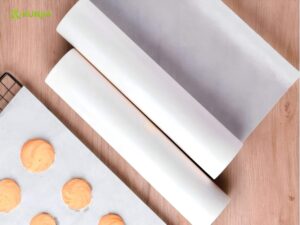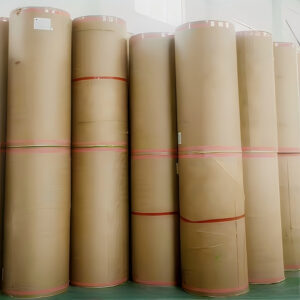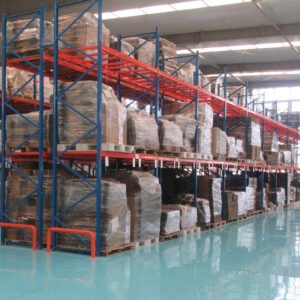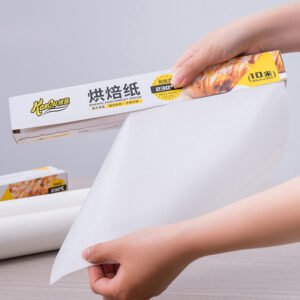Food safety and hygiene are top priorities in today’s global foodservice and packaging industry. With rising consumer demand for safer kitchen products, the concept of antimicrobial baking paper has attracted industry attention. But is it a proven reality—or still more of a marketing myth? For procurement managers, distributors, and retail suppliers, understanding the facts is crucial before making sourcing decisions.
❓ What Is the Myth Around Antimicrobial Baking Paper?
The idea sounds promising: baking paper that not only prevents sticking but also inhibits bacterial or fungal growth. Marketing claims often highlight benefits such as:
- Preventing cross-contamination in commercial kitchens
- Extending freshness of baked goods
- Enhancing hygiene in institutional catering
👉 However, these benefits remain mostly theoretical. Under FDA (U.S.) and EU food-contact regulations, active antimicrobial additives face strict testing. To date, few baking papers carry certified proof of antimicrobial performance.
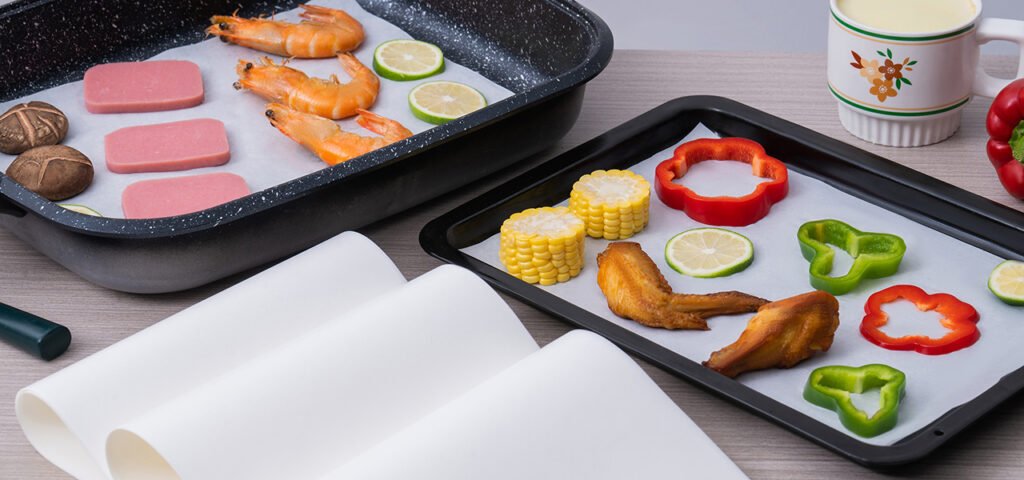
🔬 What Is the Emerging Reality in Research & Development?
While not yet mainstream, researchers are exploring coating technologies that may deliver antimicrobial benefits:
- Natural extracts (chitosan, essential oils) with mild antimicrobial properties
- Nanoparticles (silver, zinc oxide) studied for food packaging, though still under scrutiny
- Heat-activated agents that could provide temporary protection during baking
⚠️ The challenge? These approaches require safety validation, regulatory approval, and scalability before they can enter the commercial market.
🛡️ What Are Current Industry Standards?
Right now, baking paper manufacturers prioritize proven and compliant solutions. The industry standard remains silicone-coated baking paper, which ensures reliable non-stick performance without unverified additives.
Suppliers like Runjia guarantee that their baking papers are:
- ✅ PFAS-free and chlorine-free
- ✅ FDA- and EU migration-tested for food safety
- ✅ Produced under ISO, BRC, and FSC certifications
This ensures that buyers receive globally accepted, safe, and sustainable baking paper solutions.
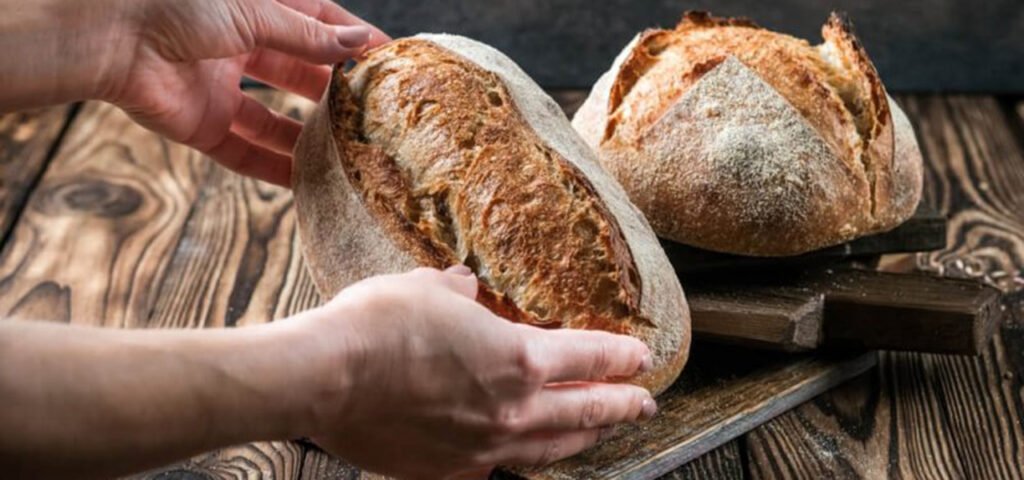
🛒 What Should Buyers Ask Suppliers?
Procurement managers should be cautious when evaluating antimicrobial claims. Key questions include:
- Are coatings certified for direct food contact under FDA/EU standards?
- Can suppliers provide independent lab reports verifying antimicrobial effects?
- Are additives safe at high temperatures (up to 230 °C)?
- Is there regulatory precedent in the target market for antimicrobial food-contact materials?
Until clear standards exist, antimicrobial baking paper should be viewed as a future possibility, not a current procurement option.
🚀 What Does the Future Hold?
The push for hygiene-enhancing packaging is undeniable. Antimicrobial coatings in baking paper may one day become standard, but success depends on:
- Solid scientific proof of effectiveness
- Regulatory approval in major markets
- Cost efficiency for large-scale production
Suppliers like Runjia are closely following these innovations while continuing to provide certified, customizable baking papers that already meet today’s market needs.

✅ Conclusion
Antimicrobial coatings in baking paper are not yet a commercial reality. For now, buyers should prioritize compliance, food safety, and proven performance over unverified claims.
By working with manufacturers like Runjia, distributors and foodservice suppliers can secure baking paper that already delivers what matters most:
- Heat resistance
- Reliable non-stick and greaseproof performance
- Verified global food-safety certifications
Until antimicrobial coatings move from research to regulation, the safest choice remains trusted, certified baking paper.
📧 Email: sales21@runjianewmaterial.com
🌐 Website: https://runjiapaper.com
📘 Facebook: Runjia Facebook Page



